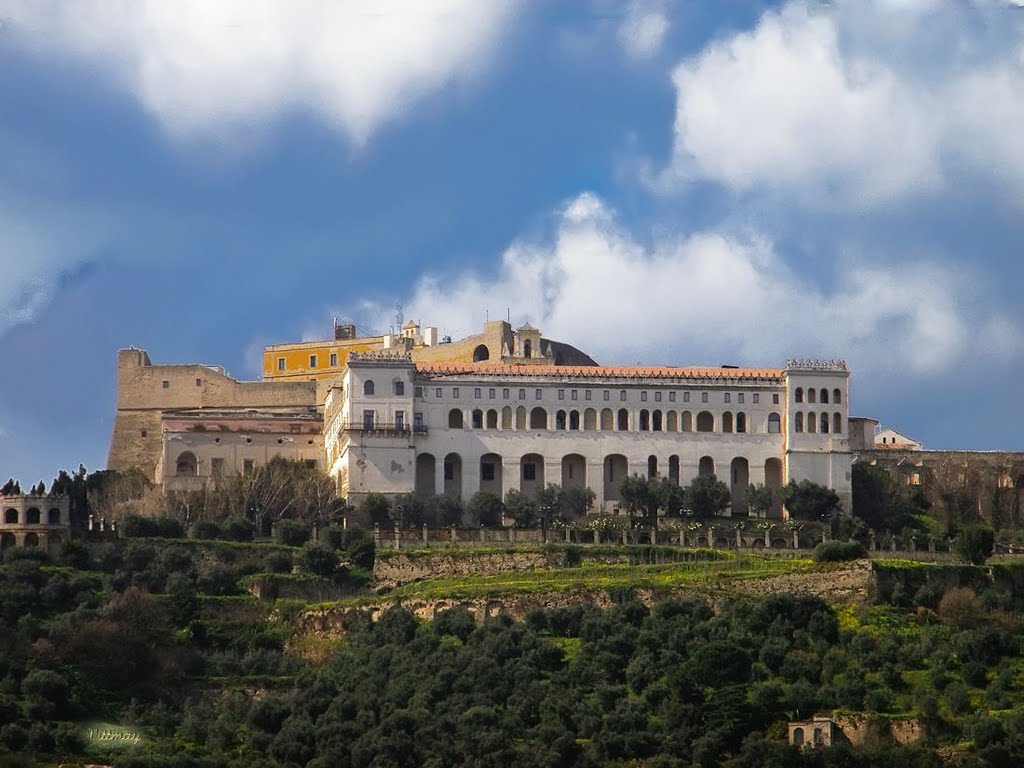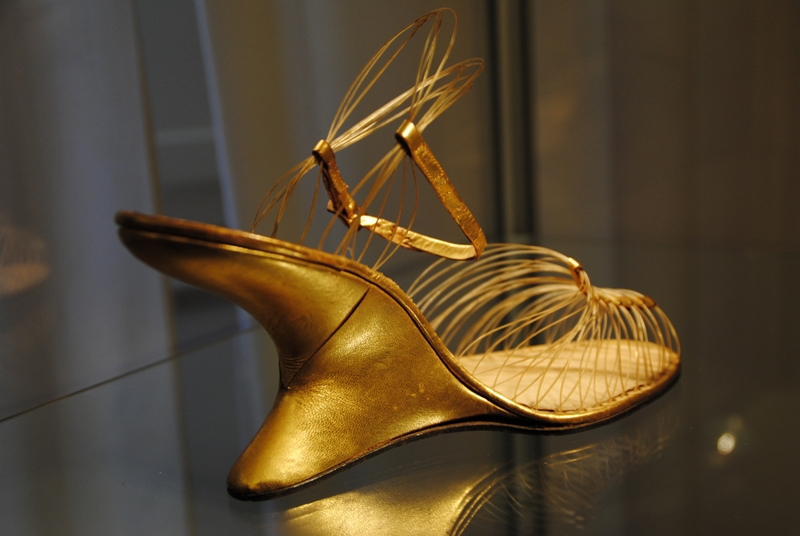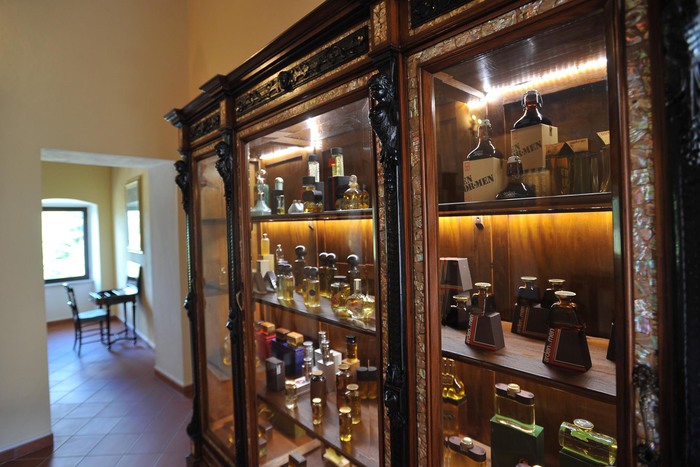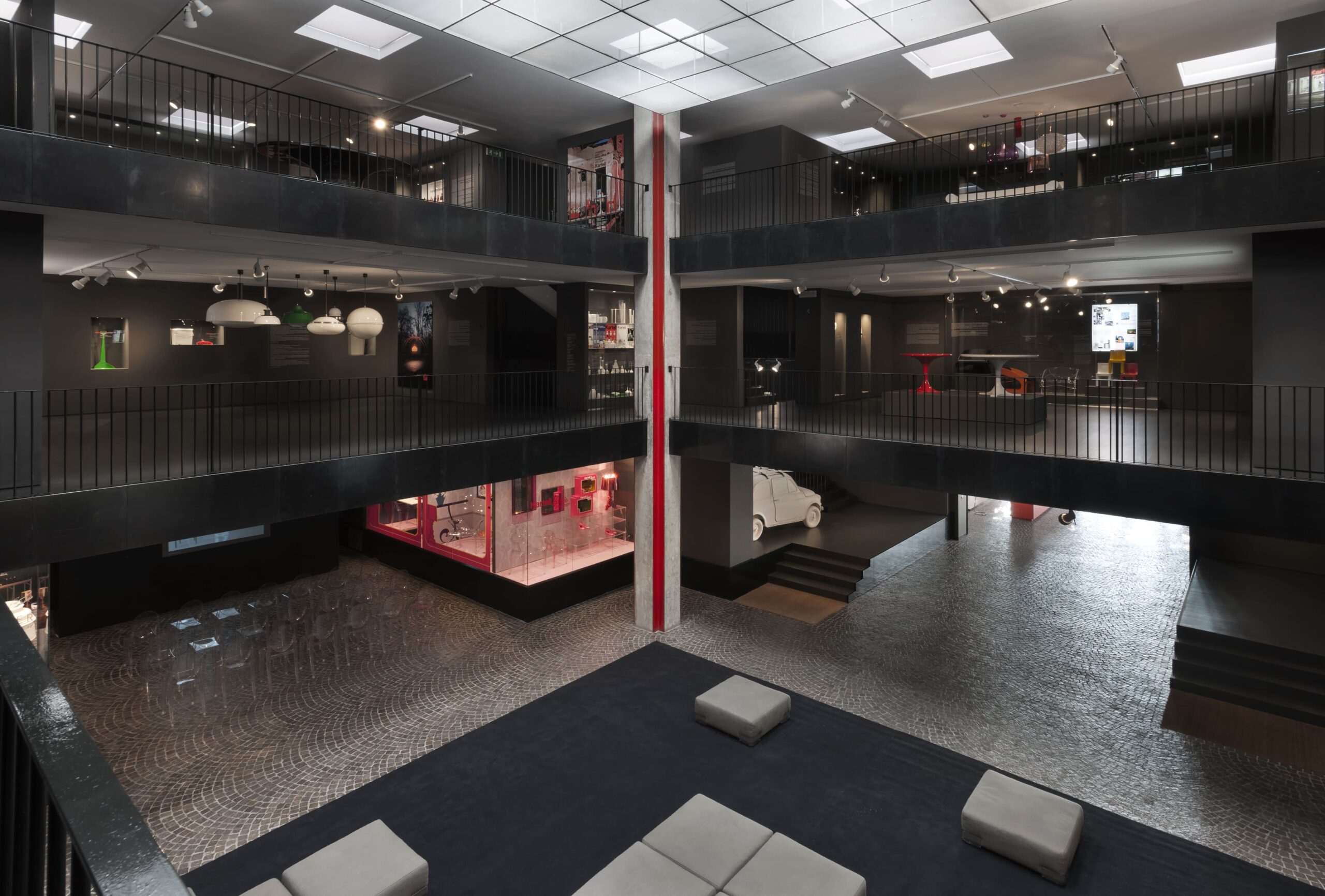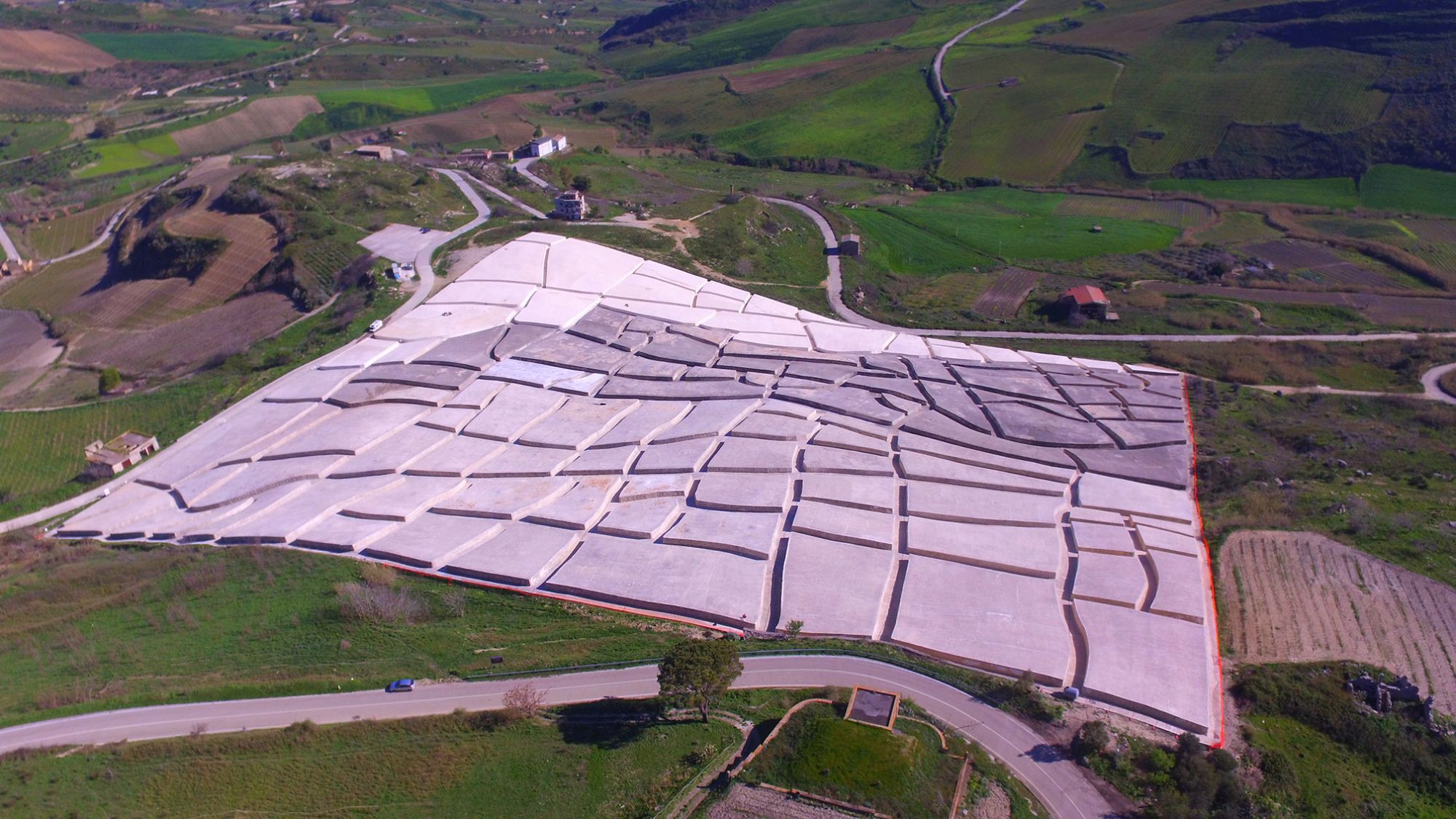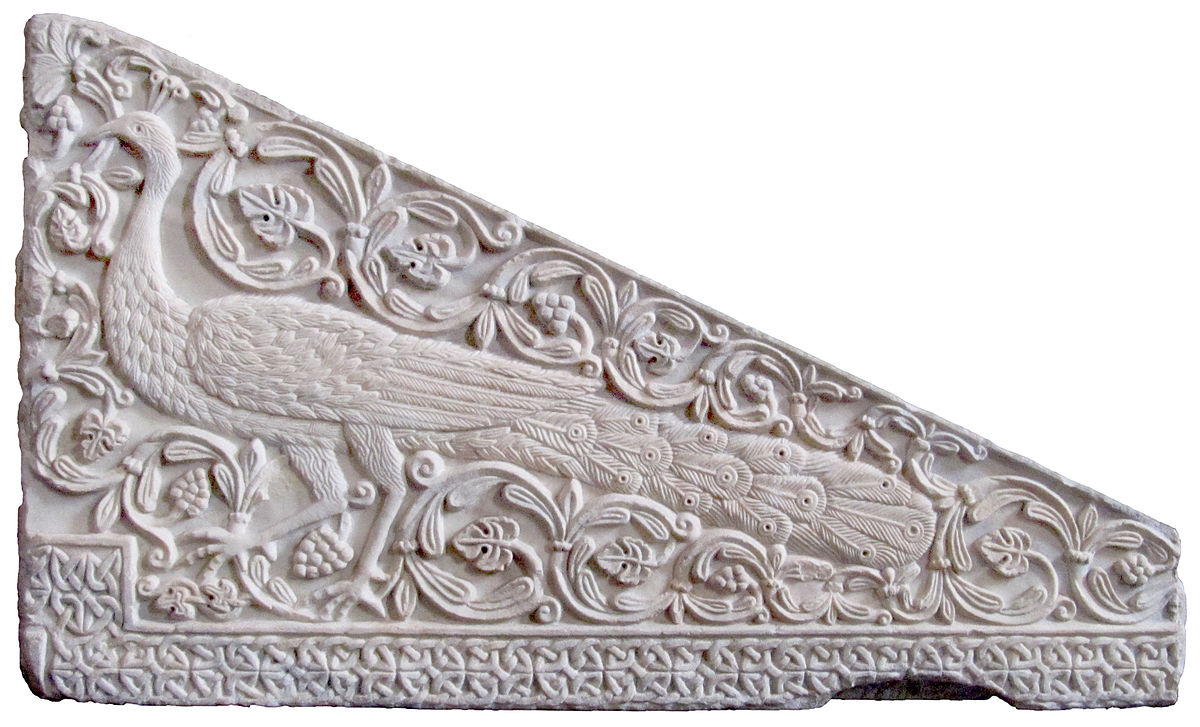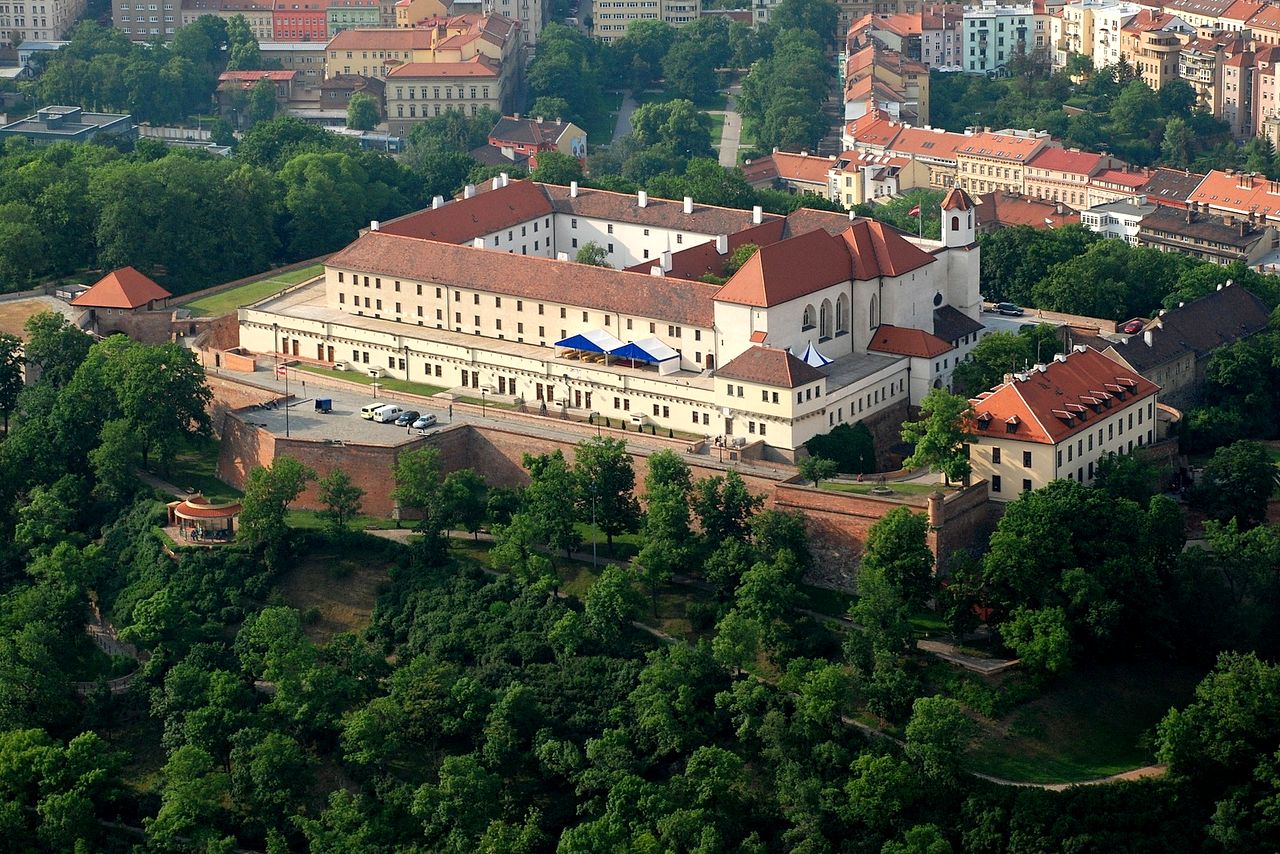In 1325 the Certosa di San Martino was founded and the Sienese architect and sculptor Tino di Camaino was called to build it. Of the original structure, the grandiose Gothic basement remains, an important work of engineering. Over five centuries, the Charterhouse underwent constant renovations. In 1581, a grandiose enlargement project was started, entrusted to the architect Giovanni Antonio Dosio, destined to transform the severe Gothic appearance into the current precious and refined Baroque look. The growing number of monks imposed a radical restructuring of the Great Cloister: new cells were built and the entire water system was revised. The promoter of this new and spectacular appearance of the Certosa di San Martino was Prior Severo Turboli, in office from the last twenty years of the sixteenth century until 1607. The works started under the direction of Dosio, are continued by Giovan Giacomo di Conforto, who will realize the monumental cistern of the cloister.
On September 6, 1623 starts the collaboration with the yard of San Martino of the architect Cosimo Fanzago, that, among alternate events, will last until 1656. Fanzago will connote with the unmistakable sign of the overbearing personality every place of the monastery. Fanzago’s work is characterized by an extraordinary decorative activity, he transforms the traditional geometric decorations in apparatuses composed of foliage, fruits, stylized volutes, to which the chromatic and volumetric effects give a character of exceptional realism and sensuality. Around 1723, the royal engineer and architect of the Certosa Andrea Canale was succeeded by his son Nicola Tagliacozzi Canale, better known as an engraver and creator of scenic devices. Commonly defined architect-scenographer, Nicola occupies a place of absolute importance within the refined culture of the eighteenth century for what concerns the experimentation of taste in terms of decoration and integration between ornament and architectural structure. Participant of that dense and fervent artistic expression that goes by the name of rococo and that manifests itself with a perfect synthesis between painting, sculpture and architecture.
The complex suffered damage during the revolution of 1799 and was occupied by the French. The king ordered the suppression of the Carthusian monks suspected of republican sympathies, but in the end agreed to the reintegration. Once the suppression was revoked, the monks returned to San Martino in 1804. When the last monks left the Carthusian monastery, in 1812 the complex was used by the military as a home for the invalids of war, until 1831, when it was again abandoned for urgent restoration. In 1836, a small group of monks returned to settle in San Martino and then finally succeeded. Suppressed the religious orders and became the property of the State, the Charterhouse is destined in 1866 to a museum by the will of Giuseppe Fiorelli, annexed to the National Museum as a detached section and opened to the public in 1867.
In the Museum and Charterhouse of San Martino you can visit the following sections: Church, Naval Section, Monks’ Apothecary, Crib Section, Prior’s Quarter, Images and Memories of the City Section, Theater Section and the Gardens.
